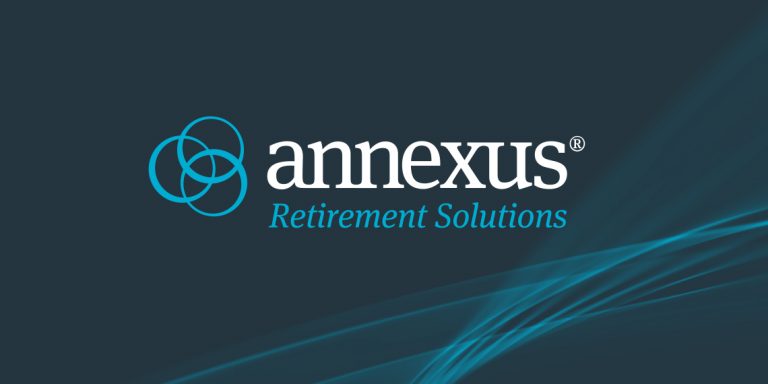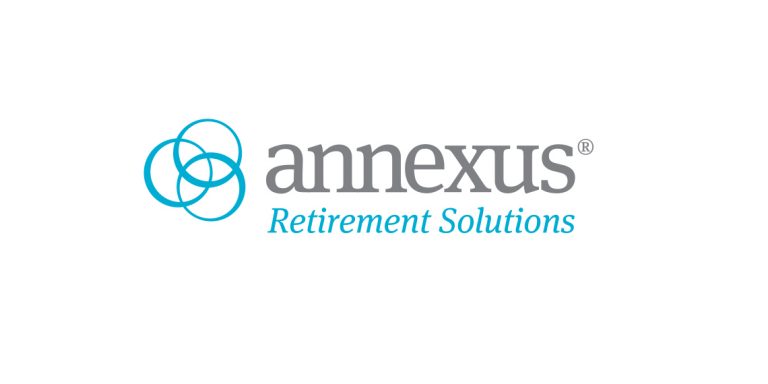In-Plan Income Has Arrived (and It’s Coming for Your Rollovers)
By John Manganaro
This article was originally published by Think Advisor.
State Street Global Advisors grabbed investment industry headlines in April with the launch of a new series of retirement-focused funds developed alongside Global Trust Co. and Annexus Retirement Solutions.
In revealing their collaboration, leaders at the firms said the target date fund series is designed to deliver “automatic retirement income” for mass-market investors in workplace defined contribution retirement plans. The TDFs are meant to be used as a default investment in any 401(k) plan, and they target a 6% annual income rate at income activation.
In a new conversation with ThinkAdvisor, Dave Paulsen, chief distribution officer for Annexus Retirement Solutions, spoke in depth about the new product, and he also called on wealth advisors to embrace the central role it can play in helping to resolve what he begrudgingly calls the “decumulation problem.”
Paulsen said the typical wealth manager might not see the launch of a new TDF series designed for default use as an investment option in 401(k) plans as an important piece of news for their practice, but that perspective misses a key emerging trend: the convergence of wealth and retirement.
As Paulsen and others warn, the growing feasibility of “in-plan” retirement income could soon begin to shift the prevailing logic that says retirees are generally better off rolling their nest egg onto a private brokerage platform serviced by an advisor.
If an investor can get an effective retirement income solution in their trusted 401(k) account at a very affordable price while also enjoying ongoing fiduciary monitoring, why would they roll over, especially if the fees will be higher?
Ultimately, Paulsen says, wealth advisors have a lot at stake when it comes to the ongoing development and growing sophistication of retirement income-focused services within DC plans.
Advisors who embrace the world of DC plan income will position themselves well to compete in an evolving landscape, he argues, while those who ignore the topic risk overlooking a key new source of competition that could eventually eat into their wealth practices’ substantial rollover-derived revenue.
Where TDFs Fall Short
“I really don’t like the ‘decumulation’ word, to be honest, but it does point to a really big financial challenge we are facing today in America,” Paulsen says. “The generational shift away from pensions and towards DC plans has left people on their own when it comes to income planning. Even when they have saved a lot and been quite successful, they don’t know what to do next.”
As DC plans rapidly became the normal retirement savings option for middle-class and mass-affluent working Americans, Paulsen explains, the investment management and retirement plan industries came together to create the basic target date fund vehicle.
He says first-generation TDFs have been successful in helping individual investors automatically improve their portfolio allocations and generate substantial savings over time, but another step forward is now required.
That is, the original flavors of TDFs have not traditionally included a retirement income component, and that is now becoming a problem as millions of Americans approach and enter retirement with much of their net worth held within 401(k)s. Many simply have no idea how to manage their income and spending after a lifetime of steady paychecks.
While there is always the option to roll over the assets to a brokerage platform, many Americans have relatively modest account balances that won’t qualify them for high-touch service from advisors. As such, they have relatively little chance of crafting an efficient income plan.
“It’s only been in the last three years or so that the retirement plan industry has decided it has to tackle this problem,” Paulsen says. “We have come to embrace the fact that we have to make sure the participant understands that their nest egg is not just a number. It has to be turned into retirement income.”
This is not just a challenge facing people of modest means, he adds. Simply put, many people have high six-figure or even seven-figure balances in their 401(k) plans, and while such people would normally make very attractive rollover clients for wealth advisors, they may not feel the need to move their money if their employer presents them with a viable income option.
The Intricacies of Income
In Paulsen’s view, solving the income challenge is important, but it’s also hard.
“The first option is to pay some premiums and wrap a whole portfolio with some kind of income insurance,” Paulsen says. “That does deliver income assurance, but it also takes assets out of the portfolio that aren’t going to grow, and investors don’t really like to see that, frankly.”
Individuals see the 401(k) account as a savings and accumulation vehicle, Paulsen says, and they don’t want to sacrifice growth for future guaranteed income.
A second option is to wait for the retirement time period to arrive and then have the investor take a portion of assets out of their retirement account to buy a true annuity. While this is attractive to some investors, Paulsen says, many simply have biases against annuities, whether because they feel the fees are unreasonable or because they fear the lack of liquidity and control that comes along with true annuitization.
“One way to fight back against this perception is to help people understand the evolving annuity product set of todayis a lot different from that of the past,” Paulsen says. “There are more attractive products available today, but it’s a hard message to get across to investors.”
Paulsen says the new TDF solution developed with State Street and GTC takes a fundamentally different approach.
“What we have created is, in essence, a way to daily value a very large, affordable group annuity that multiple people can invest in and divest from,” Paulsen says. “The real innovation is the way it is sold in units that get valued every day, just like a mutual fund — it’s liquidity. These are the key features for making in-plan income work, in our view.”
Paulsen says this approach is possible because Annexus’ Lifetime Income Builder solution is programmed directly within the TDF’s glide path as a separate asset class. In this way, the solution helps to mitigate two of the most critical risks in retirement — sequence of return risk and longevity risk — and it delivers excess value by capturing quarterly high-water marks on the full account value.
The fund targets a 6% annual income rate at income activation, calculated using the highest captured high-water mark of the fund, Paulsen explains. The approach is all about making income “look, trade and otherwise work just like an investment,” Paulsen says.
Stepping back, Paulsen suggests the industry has been stuck in a stale way of thinking about income, and many of today’s income products require participants to trade off growth opportunity or access to funds in return for lifetime income.
“It is not enough to simply add lifetime income to an existing product or platform, because participants won’t accept it,” he warns. “That’s why we sought to design our solution to ensure that participants no longer need to make sacrifices in exchange for lifetime income. This level of innovation puts the participants at the center and is why we believe they will welcome and widely adopt this solution.”
The Bigger Picture
While the Annexus-SSGA-GTC consortium might be the latest group to come to market with an in-plan income focused solution, it is far from the only player in this space. Other major firms, among them the likes of Fidelity and Vestwell, are taking their own steps to provide greater annuity access in the DC plan context.
As they track the ongoing product innovation, many advisors foresee more qualified money staying in-plan as recordkeepers and asset managers provide greater access to institutionally priced annuities, potentially even impacting the pace of rollovers.
In the evolving product environment, sources say, wealth managers must step up their income planning capabilities to meet emerging competitive pressures.







